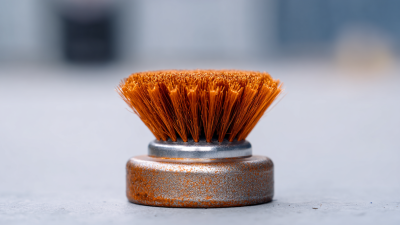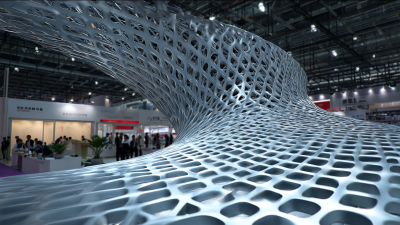7 Best Practices for Choosing the Right Steel Wire for Your Projects
In the construction and manufacturing sectors, selecting the appropriate steel wire is crucial for ensuring structural integrity and project efficiency. A report by the World Steel Association indicates that the global steel wire market is projected to reach approximately $35 billion by 2025, reflecting the increasing demand for high-quality materials in various applications, from automotive to construction. Properly choosing steel wire not only impacts the performance and longevity of products but also influences safety and compliance with industry regulations. To navigate the complexities of this market, it is essential to understand key factors such as tensile strength, corrosion resistance, and wire diameter. By employing best practices in selection, professionals can optimize their projects and contribute to sustainable development in the steel industry.
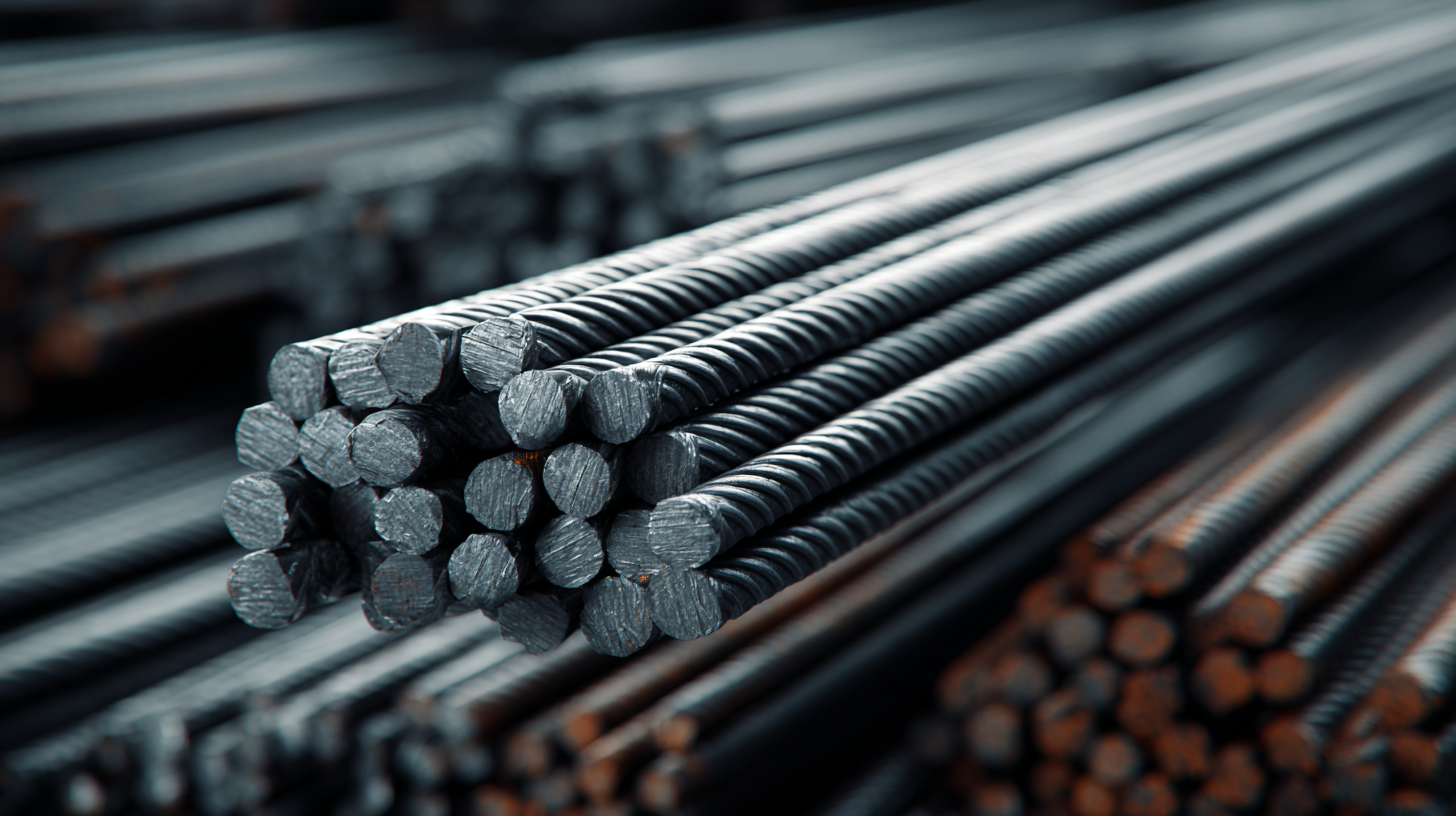
Understanding Steel Wire Specifications: Key Factors to Consider
When selecting the right steel wire for your projects, understanding its specifications is crucial. Key factors such as tensile strength, ductility, and corrosion resistance play significant roles in determining the suitability of a wire for specific applications. According to a report by the International Wire and Cable Conference, steel wire with a tensile strength above 300 MPa is often preferred for structural applications while those designed for marine environments require higher corrosion resistance ratings, indicating the need for specialized coatings or alloys.
Another vital aspect to consider is the wire's diameter and composition, which directly influence its performance and durability. Recent findings from the American Society for Testing and Materials (ASTM) highlight that wires with a smaller diameter can significantly reduce material costs without sacrificing strength. However, improper selection can lead to premature failure and increased maintenance costs. Therefore, evaluating mechanical properties alongside environmental conditions is essential for making an informed decision that aligns with industry standards and project demands.
7 Best Practices for Choosing the Right Steel Wire for Your Projects - Understanding Steel Wire Specifications: Key Factors to Consider
| Specification | Description | Recommended Applications | Diameter Range (mm) | Tensile Strength (MPa) |
|---|---|---|---|---|
| Carbon Steel Wire | High carbon content, durable and strong. | Construction, automotive parts. | 0.2 - 16 | 400 - 2000 |
| Stainless Steel Wire | Corrosion resistant, suitable for harsh environments. | Food processing, marine applications. | 0.5 - 12 | 500 - 1200 |
| Galvanized Steel Wire | Coated with zinc for protection against corrosion. | Fencing, wire mesh. | 1 - 4 | 300 - 700 |
| Brass Wire | Made from copper and zinc, good electrical conductivity. | Jewelry making, electrical connectors. | 0.3 - 3 | 200 - 600 |
| Aluminum Wire | Lightweight, non-corrosive and high conductivity. | Power lines, aerospace applications. | 1 - 10 | 100 - 300 |
| Spring Steel Wire | Designed to retain its shape and resist deformation. | Suspension springs, safety applications. | 0.8 - 5 | 600 - 1800 |
| High Carbon Stainless Steel Wire | Combines high carbon and stainless properties for enhanced performance. | Heavy-duty applications, rigging. | 0.5 - 4 | 800 - 2200 |
Evaluating Tensile Strength Requirements for Different Applications
When selecting steel wire for your projects, evaluating the tensile strength requirements is crucial. Different applications demand varying levels of strength, and understanding these requirements ensures that your choice aligns with the intended use. For example, construction projects may require wires that can withstand significant loads and stress, while automotive applications might necessitate wires that offer both strength and flexibility.
Tips: Always consult the manufacturer's specifications for tensile strength ratings and choose a wire that exceeds the minimum requirements for your application. This can prevent potential failures and enhance the longevity of your project.
Additionally, consider the environment in which the wire will be used. If the steel wire will be exposed to harsh conditions, such as high temperatures or corrosive materials, you may need a wire with enhanced durability characteristics. Remember to balance tensile strength with other factors, such as weight and flexibility, to achieve optimal performance in your specific application.
The Importance of Corrosion Resistance in Selecting Steel Wire
When selecting the right steel wire for your projects, understanding the importance of corrosion resistance is paramount. Corrosion can significantly weaken steel, leading to potential failures in various applications. Advances in machine learning, specifically algorithms such as random forest and support vector regression, have emerged as valuable tools for predicting the corrosion rate of steel embedded in soil. By utilizing these predictive models, engineers and project managers can collaborate to choose materials with enhanced corrosion resistance tailored to specific environmental conditions.
Moreover, the choice of wire material impacts the longevity and durability of products, particularly in construction and automotive applications. The exploration of different types of steel products is crucial, as it reveals their properties and applications in various sectors. Incorporating stainless steel, known for its superior corrosion resistance and mechanical strength, can elevate project outcomes. As the industry continues to innovate, incorporating cutting-edge materials and technologies, like those utilized in wire arc additive manufacturing, promises even greater advancements in improving corrosion resistance and overall material performance in critical applications.
Cost-Effectiveness vs. Quality: Finding the Right Balance in Steel Wire Selection
When selecting steel wire for projects, the balance between cost-effectiveness and quality is crucial. According to a report by the World Steel Association, the production of steel wire has experienced a surge, with global production reaching approximately 174 million metric tons in 2022. This increased supply offers more competitive pricing, but it also necessitates careful evaluation of quality standards. Opting for lower-cost options can lead to subpar performance and increased long-term expenses due to maintenance and replacement.
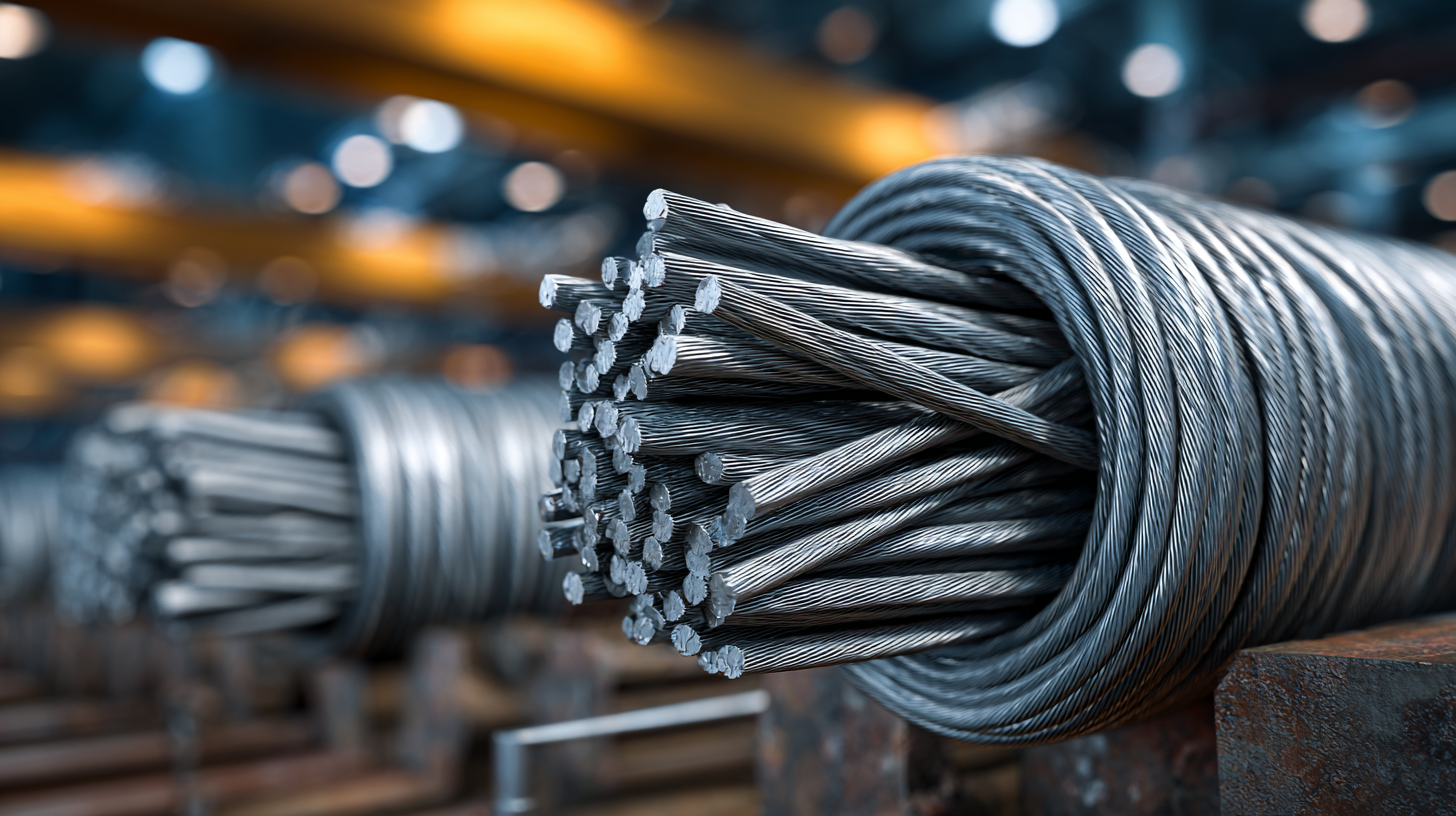 Quality should never be compromised for the sake of cutting costs. The American Society for Testing and Materials (ASTM) states that steel wire with superior tensile strength not only enhances the durability of projects but can also improve safety. Data shows that using high-quality steel wire can reduce failure rates by up to 40%. Thus, while initial costs may be higher, investing in quality steel wire pays off in the long run through enhanced performance and longevity, which ultimately leads to cost savings in terms of repairs and material replacements.
Quality should never be compromised for the sake of cutting costs. The American Society for Testing and Materials (ASTM) states that steel wire with superior tensile strength not only enhances the durability of projects but can also improve safety. Data shows that using high-quality steel wire can reduce failure rates by up to 40%. Thus, while initial costs may be higher, investing in quality steel wire pays off in the long run through enhanced performance and longevity, which ultimately leads to cost savings in terms of repairs and material replacements.
Identifying Industry Standards and Certifications for Steel Wire Quality
When selecting steel wire for various projects, it is crucial to understand the industry standards and certifications that ensure the material's quality and performance. Different applications demand different specifications, such as tensile strength, fatigue resistance, and corrosion resistance. Familiarizing yourself with certifications like ASTM, SAE, and ISO can guide you in choosing wire that meets or exceeds the requirements of your specific industry, thus ensuring that your project operates efficiently and safely.
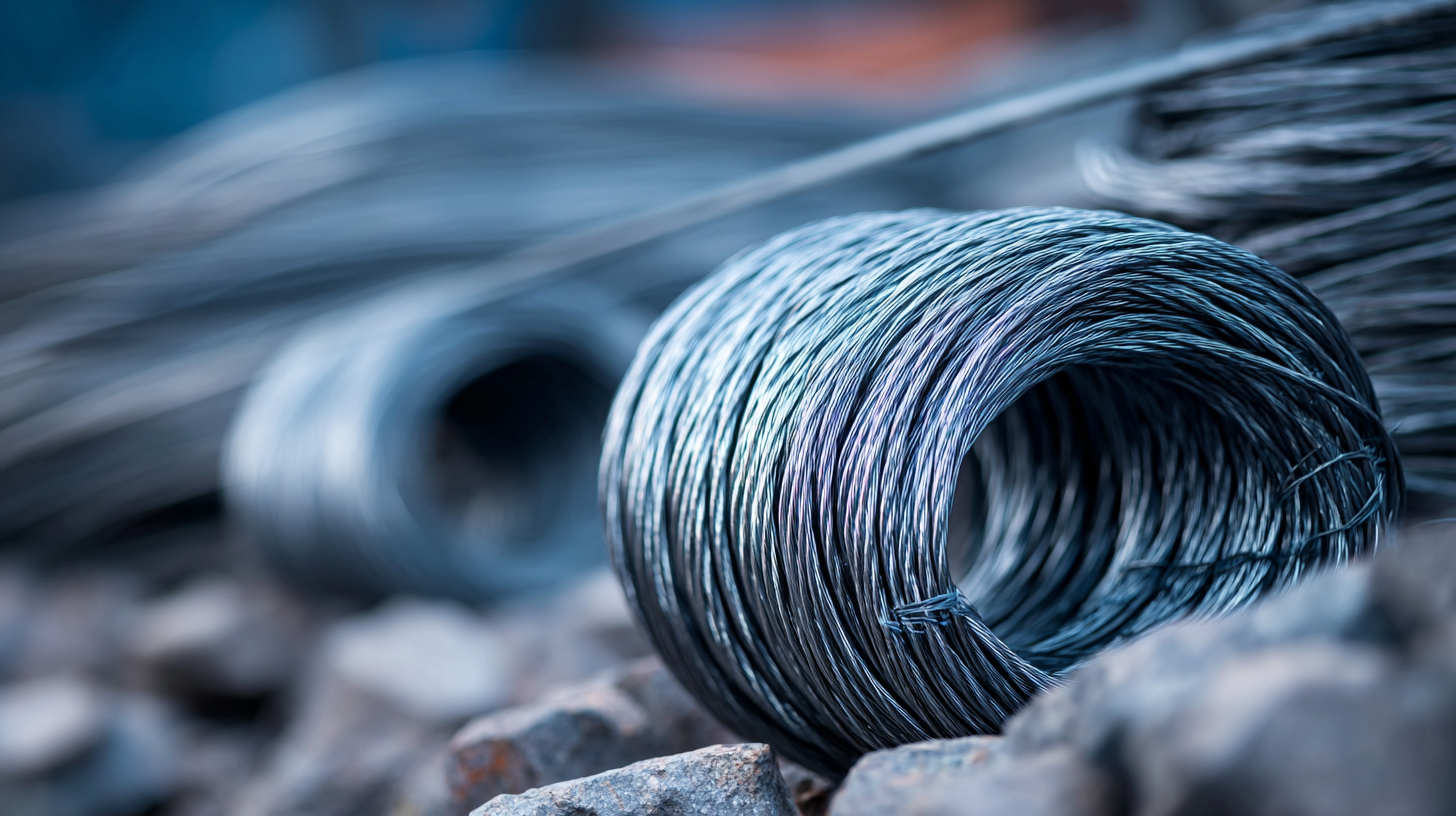
Moreover, verifying that your chosen supplier adheres to these standards not only guarantees product consistency but also enhances credibility within your industry. Certifications are proof that the steel wire has undergone rigorous testing and quality assurance processes. By prioritizing suppliers with reputable certifications, you can mitigate risks linked to material failure and non-compliance, ultimately leading to better project outcomes and customer satisfaction.


